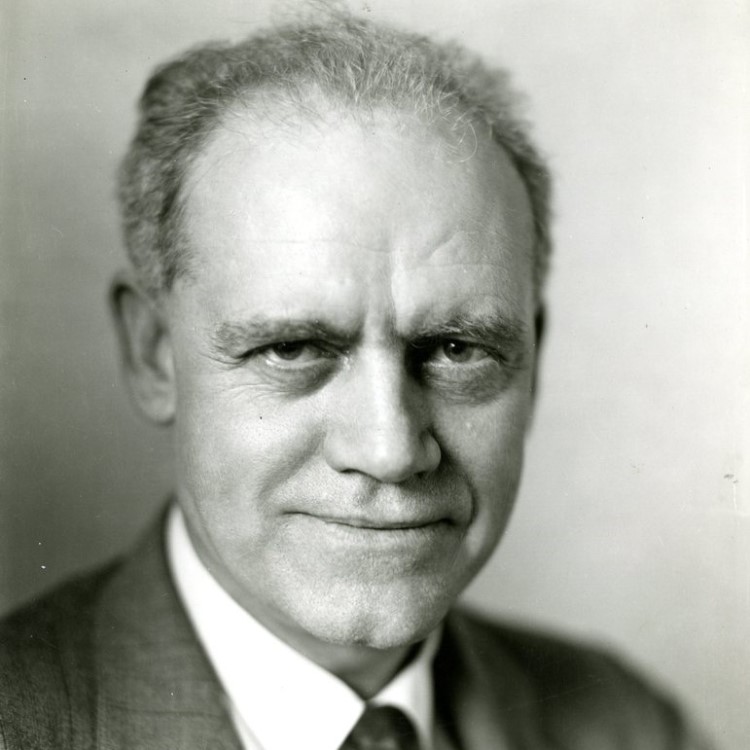
Maurice C. Hall developed a technique, known as the “NIH swab,” to diagnose enterobiasis
In 1937, Maurice C. Hall developed a technique, known as the “NIH swab,” to diagnose enterobiasis; it is still the accepted technique.
Hall’s research focus was anthelmintics, or substances that eliminate worm parasites. His critical tests of anthelmintics led to his greatest therapeutic discovery, which proved that the chemical compound carbon tetrachloride was exceptionally effective against hookworms. This discovery further led Hall to test tetrachlorethylene, which he found to be an even more effective treatment.
Tetrachlorethylene therapy played a vital role in the eradication of hookworm disease in the United States and abroad. Hall’s innovation was hailed as a breakthrough in the field of tropical medicine.
Tags:
Source: U.S. National Library of Medicine
Credit:
